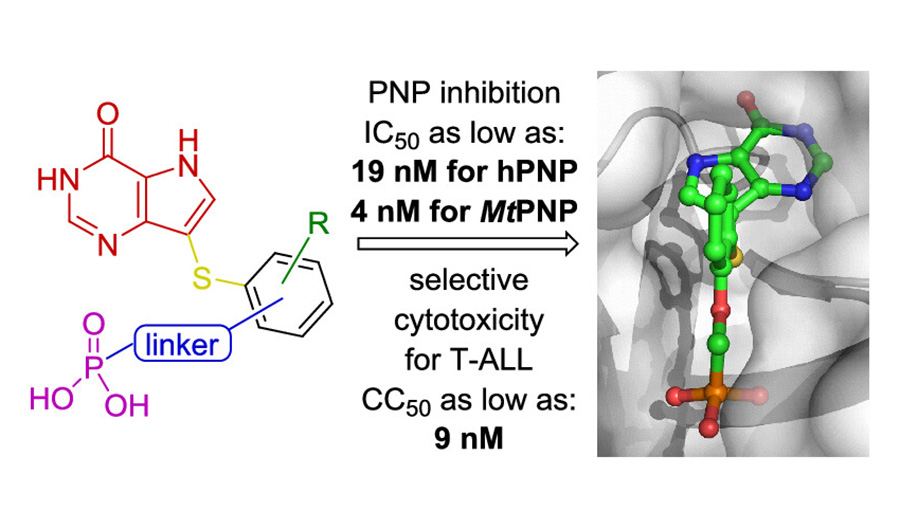
Reverse transcriptase (RT) of human immunodeficiency virus (HIV) is an enzyme responsible for the conversion of viral RNA genome into DNA essential for viral replication. Therefore, it is an important target among anti-HIV-1 therapies. RT contains two distinct druggable sites: the polymerase catalytic site that is available for nucleoside reverse transcriptase inhibitors (NRTIs) and their acyclic nucleoside phosphonate analogues (ANPs), and the allosteric binding site available for non-NRTIs (NNRTIs).
The scientists led by Zlatko Janeba from IOCB Prague and Eric B. Landson from Gilead Sciences Inc designed and prepared novel bicyclic NNRTIs derived from etravirine and rilpivirine, the second-generation NNRTI inhibitors. The newly synthesized inhibitors exhibit improved aqueous solubility, compared to etravirine and rilpivirine, and display single-digit nanomolar activities against the wild-type virus.
In addition, the scientists studied the binding modes of three compounds to the reverse transcriptase active site using X-ray crystallography.
The studied inhibitors represent an important starting point for the future design of novel anti-HIV-1 agents.
Read the paper: Prener, L.; Baszczyňski, O.; Kaiser, M. M.; Dračínský, M.; Stepan, G.; Lee, Y.-J.; Brumshtein, B.; Yu, H.; Jansa, P.; Landson, E. B.; Janeba, Z. Design and Synthesis of Novel HIV-1 NNRTIs with Bicyclic Cores and with Improved Physicochemical Properties. J. Med. Chem. 2023, 66, 1761-1777. https://doi.org/10.1021/acs.jmedchem.2c01574






